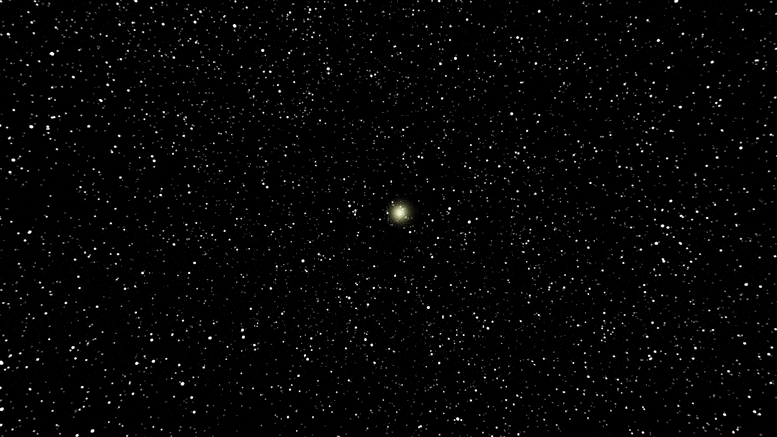 |
|
 |
|
So, how large are expected parallaxes? Our nearest neihbor star, proxima Centauri, has distance 4.3 light years. This leads to a parallax angle of
This is a tiny angle. We invent a new measure of angles to better describe parallax angles. Divide 1 degree into 60 parts (60 arc minutes) and then further divide 1 arc minute into 60 parts (60 arc seconds). This means that we divide 1 degree into 3,600 arc seconds.
The distance to proxima Centauri has a parallax angle of about 0.7 arc second. By the way, this is where the somewhat arcane unit of 1 parsec (1 parallax second) comes from. A parsec is the distance a star would have if it had a parallax angle of 1 arc second. |
From Earth the best we can do is accuracies of around 0.01 arc seconds limiting our view to rather close to the Earth around 100 light years from Earth. The game changer came with the launches of the Hipparcos satellite in 1989 and the Gaia satellite in 2013. The Gaia satellite can measure parallax angles so small that distances to stars within 30,000 light years from Earth can be measured. Gaia measures parallax angles as small as 0.00002 arcsecond (20 microarcseconds).
